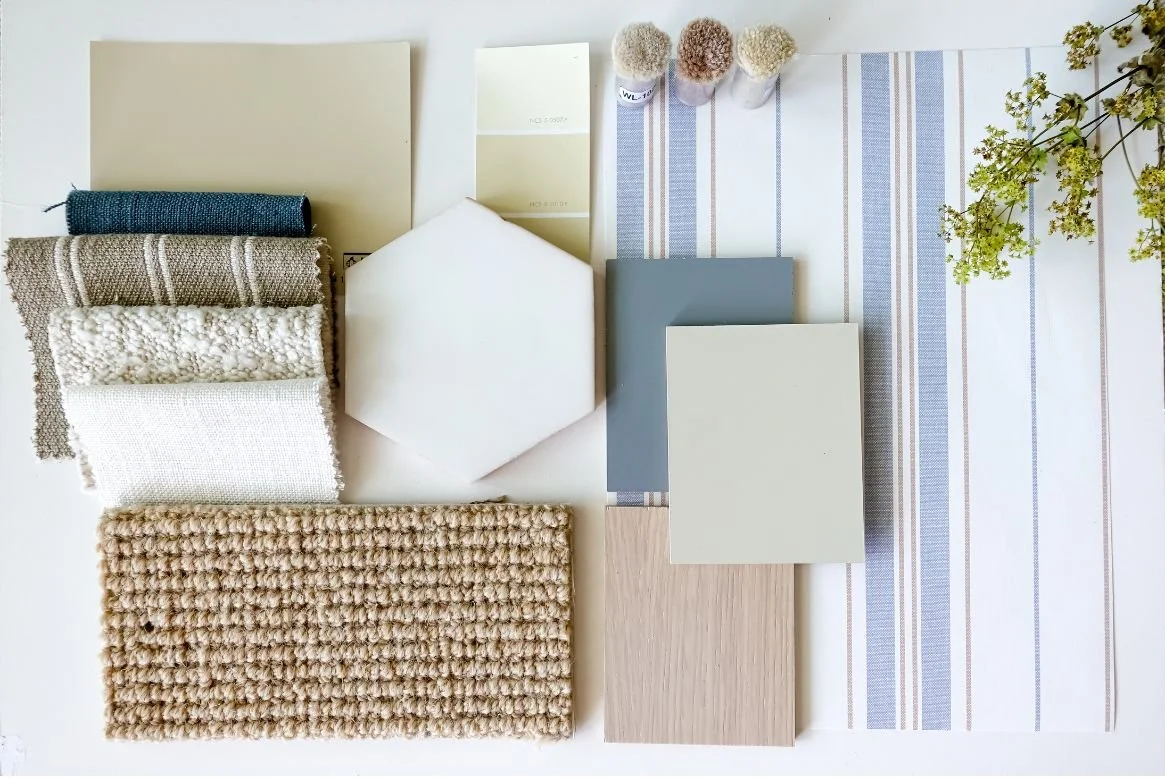At Design for Hope, we help organisations transform their spaces into catalysts for healing and wellbeing.
Grounded in decades of psychological research, the Hope Hierarchy™ translates complex scientific principles into clear, trauma-informed design strategies that nurture wellbeing for both clients and staff.
Our approach enables leaders to make evidence-based decisions about their physical environment to reduce psychosocial risk, foster psychological safety, and promote healing and hope.
Good design starts with good data - not just good intentions.
At Design for Hope, we partner with leaders who understand that wellbeing and potential are shaped by the environments people work and live within. Whether you’re leading a trauma-recovery service or managing psychosocial risk in a corporate setting, the spaces you create send powerful messages about safety, respect, and care.
Our trauma-informed design process begins with a comprehensive environmental audit. Using the Hope Hierarchy™, we identify the subtle yet significant factors - sensory triggers, spatial barriers, cultural misalignment, and unmet psychological needs - that can quietly undermine trust, resilience, and healing.
These insights are translated into a clear, prioritised design roadmap aligned with your mission, model of care, and organisational values. The result is an evidence-based environment that restores dignity, reduces psychosocial risk, and supports both healing and sustainable performance.
How We Can Help
Using Trauma-Informed Design to Heal
The physical environment has a profound effect on our health and wellbeing. Research across neuroscience, environmental psychology, trauma recovery and design shows that elements such as light, sound, layout, texture, and colour influence how our body and mind respond to the world - often below conscious awareness. For people who have experienced trauma, these effects are magnified.
While trauma-informed care is now widely embraced in policy and practice, the physical spaces where that care occurs often lag behind. Design for Hope bridges this gap - translating science into spaces that actively support healing, safety, and dignity.
Combining psychological insight with interior design expertise, we apply the Hope Hierarchy™, our evidence-based framework for trauma-informed design. It identifies and prioritises the environmental factors that most influence recovery for your clients, guiding every design decision so that your spaces truly complement and enhance therapeutic outcomes.
The result: spaces that feel calm, safe, and restorative - where both clients and staff can thrive.
Data that Drives Change, Real-World Examples
Case Study 1: Building Cultural Safety
One of the biggest barriers to creating safe, healing environments is cultural misalignment. Even when services respect diversity, design decisions that seem “neutral” can send the wrong message to clients.
In one audit, we discovered that a carefully selected colour palette was unintentionally distancing First Nations clients. The earthy desert tones, while professional and well-intentioned, didn’t reflect the local landscape or cultural identity of the community.
As one client explained: “We can’t use those colours because we’re not from those areas. If we’re telling a story or painting, it’s got to represent us and where we’re from. So we can’t be using the desert colours because we’re not from there.”
What looked neutral to most was, in fact, a signal to some clients that “this space isn’t for us.” By shifting the colour palette to reflect local coastal colours, we created an environment that built trust, strengthened cultural connection, and signalled genuine respect.
Case Study 2: Unintentional Trauma Triggers
In spaces designed for trauma recovery, even small details can undermine psychological safety. Practical choices can unintentionally become painful reminders for those with lived experience.
During one audit, we observed toys stored in full view in a shared therapeutic room. While functional for family visits, for clients experiencing grief or separation, these items acted as a painful trigger - making it harder to focus during therapy.
By simply rethinking how the toys were stored and accessed, we reduced emotional strain and restored psychological safety. The change was low-cost but high-impact: it allowed clients to stay present in their healing, and staff to deliver support more effectively.









In the mid-1800s, Florence Nightingale observed that recovery improved when patients were surrounded by the right environment. This article explores how her insights align with modern science - and why designing for health is now a strategic and regulatory imperative in creating psychologically safe, trauma-informed workplaces.